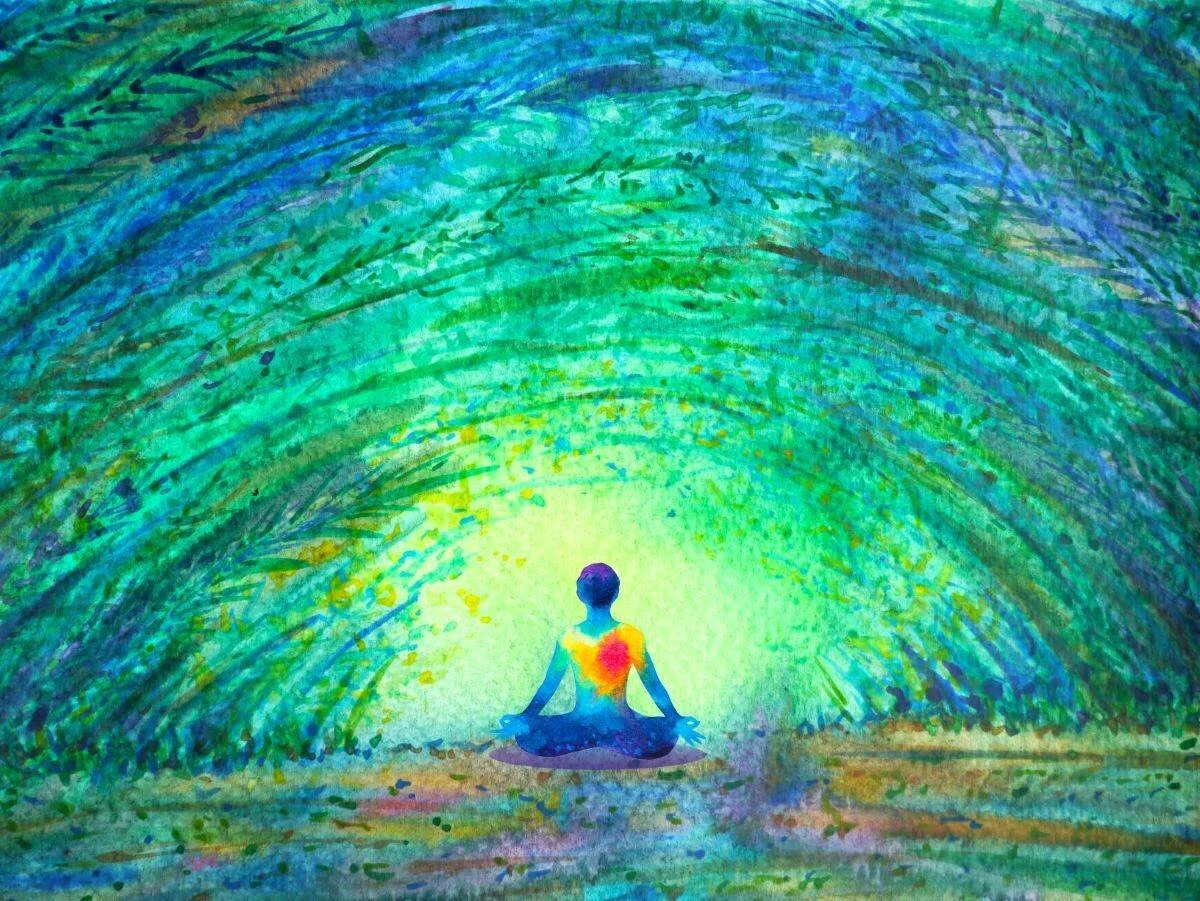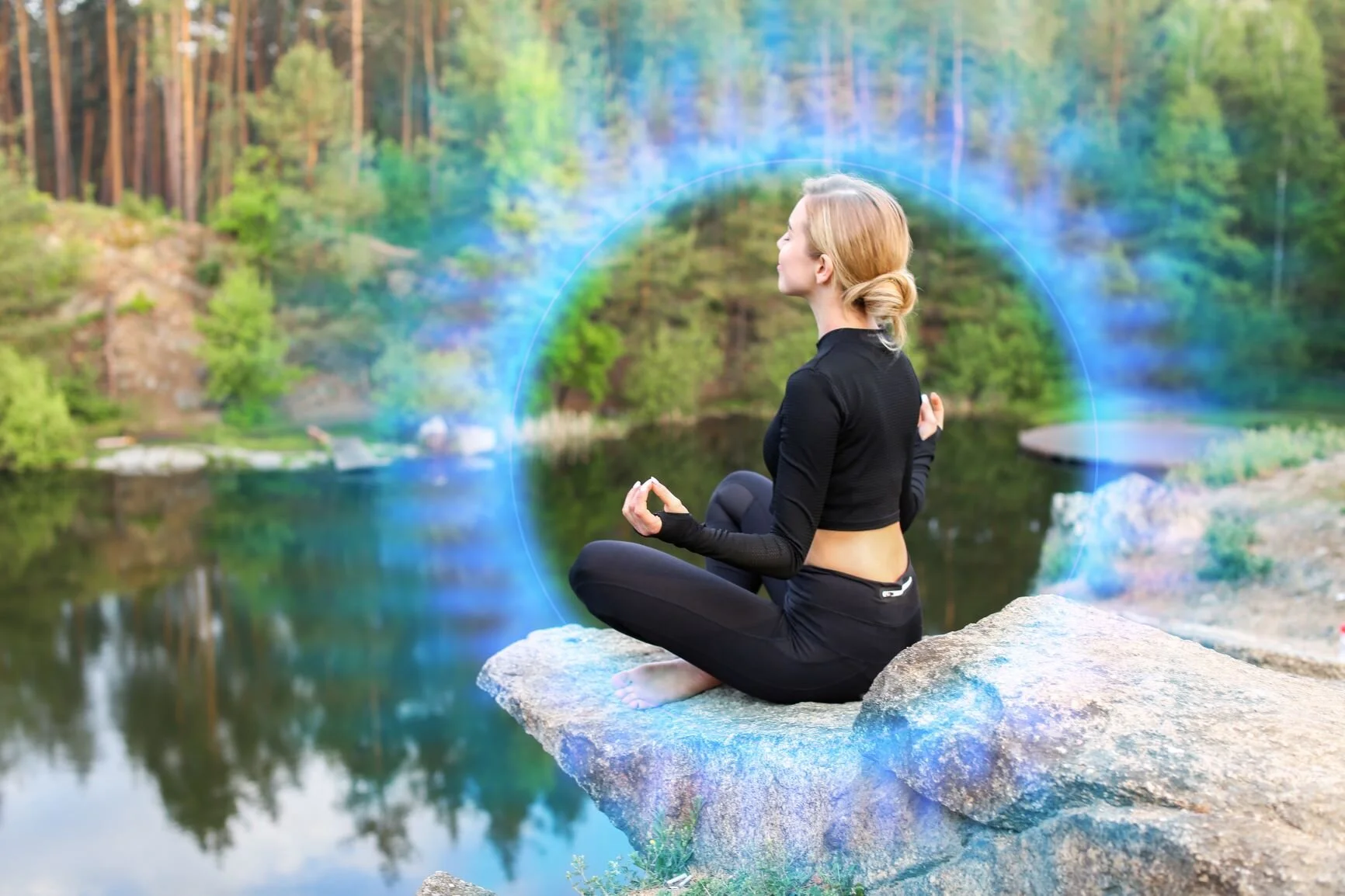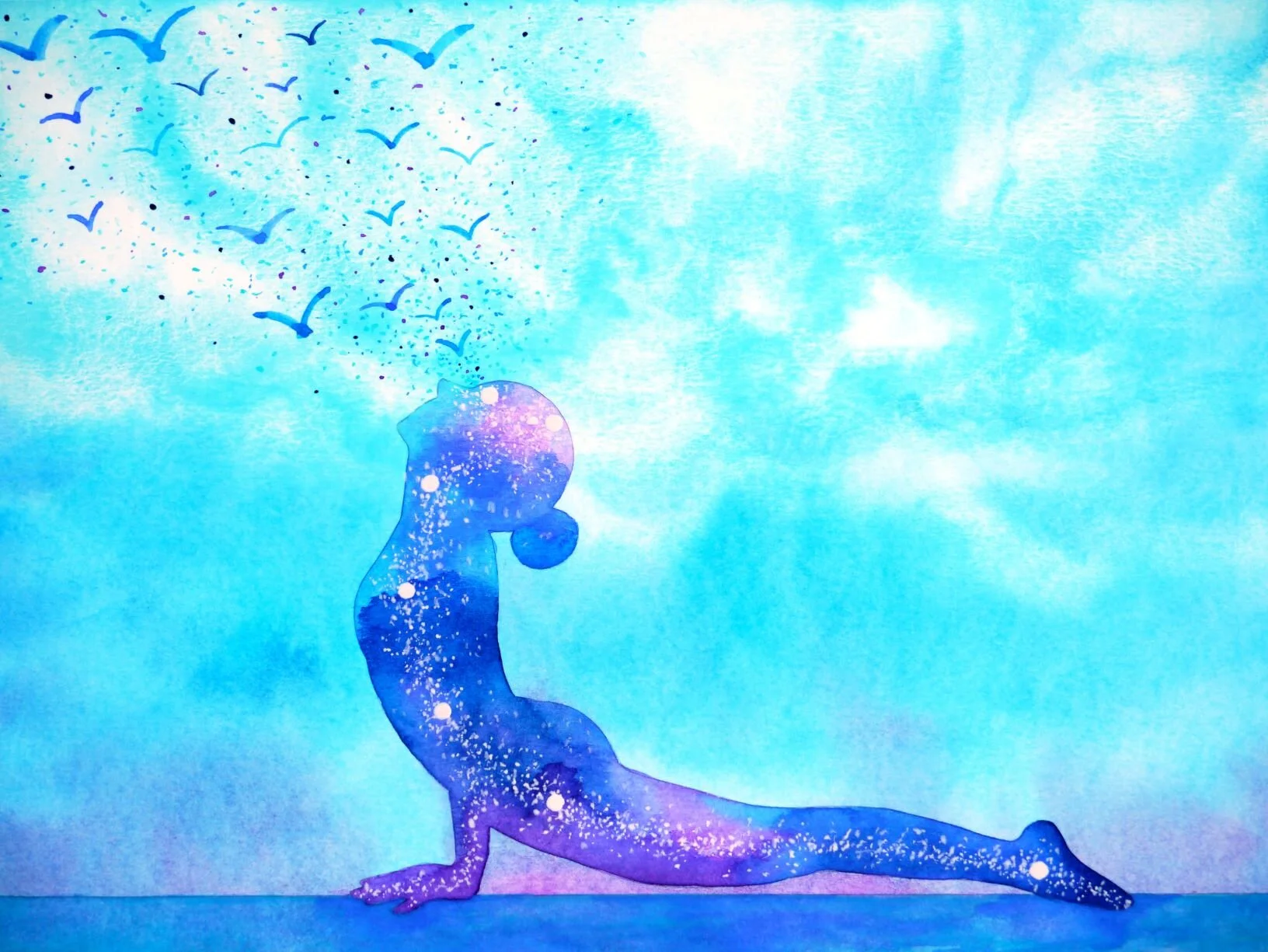News Flash: Ireland has a new government. From Euronews:
"Fianna Fáil leader Mícheál Martin has been elected Ireland's Taoiseach or prime minister after rival parties in Ireland voted to endorse a coalition government. Memberships of three parties in Ireland agreed to work together putting centre right party Fianna Fáil, centre party Fine Gael and the Green party in coalition with each other."
This is huge, these very different parties agreeing to work together, to join together to get things done and also live and let live.
What countries go through in attempting to build coalitions that unite many different subcultures, we also go through as individuals. This process is called yoga. Union. The aim of yoga is to make a fertile communion of all your divergent parts. The word anga, used in yoga, refers to the limbs of the body and also the limbs, or departments, of your inner life, all the "characters" in your internal play. Within yourself, you may have an area that is an Agnostic, and does not go to Church. You may have a Pagan, who worships nature. And you may have a part that identifies with one of the great religions such as Tibetan Buddhism (that denies being a religion).
Within ourselves, everyday, we have to work out a team of our inner people - the Worker, the Farmer, the Warrior, the Lover, the Healer, the Hunter, the Mother, Father, Sister, Brother, Magician, Trickster, Artist, the Student, Gambler, Clown, Priestess, Shaman, Comedian.
I don't think this work is ever done. In each moment, the energy of any archetype may rise up in us, as needed. These energies are just tonalities of the overall current of pranashakti.
Here are two practices. One for the beginning of meditation, and one for the end.
At the beginning of your meditation time, wonder within yourself, "Which of my inner energies have been pushed to the background and would like to come into center stage to be included, and give their gift of energy, instinct and insight?" Then just notice what happens in the silence and with your breathing and bodily sensations. Your energies may speak to you in sensations, as words, as images, as a current of feeling, or as a space between. A curious silence.
At the end of meditation, sit there for a few minutes just attuning to the needs of your outer life. What are the demands on your time and attention? What are your priorities? And if this is so, then what configuration of your internal team is best for this job?
You may find each day is different, or different times of day are different. If you have a teenage boy in the house, you may have to have the Father energy at hand, in alliance with the Mischief Maker so you can keep track of all his adolescent rebellion and not suppress it too much, just give the right amount of steadiness and rule structure.
If you are dating, you may be in the Lover for awhile and then switch to more of a Warrior energy to set boundaries, and then in your own sweet time reveal the Magician in you, who is a wizard at lovemaking. Every day is different, each moment is different, and we change over time as we age. This is what makes the Path of Intimacy so challenging and interesting.
As you wrestle with your inner work, have sympathy for what countries are going through as they attempt to make a union out of many millions of people. The principle is the same, whether it is the inner configuration of your archetypal energy to meet your daily life, or the governments that make some kind of a compromise that hundreds of millions of individuals can live with.
Countries
Hundreds of languages are spoken in India. It is said that 23 of these are mentioned in the Constitution of India (I haven't read the Constitution). Some are classified as Indo-European, some are Dravidian, and some belong to the Tibeto-Burman branch of the Sino-Tibetan language tree. There are others.
Geneticists think that humans have been living in the area we now call India for more than 55,000 years. Over time this area has been divided up into many different countries and then some of them been unified, and then divided again. Please do your own research and don't quote me here, this is not my field. The point I would like to suggest here is that India is now a unified country of one billion, two hundred million people. They speak to each other in about thirty individual languages, if you only count those that have more than a million native speakers. If you count the smaller language groups, the individual languages are in the hundreds.
According to the 2001 Census of India, they have 122 major languages and 1599 other languages. The reason for the different numbers is differences in the definition of what is a "language" and what is a "dialect."
How do you unify a country that is made up of so many individual states (each a sort of country unto itself, with an ancient and noble history) and so many language groups?
This calls for the kind of intelligence that invented yoga in the first place.
To create and govern an integrated India, the politicians and managers have to work the magic of compromise.
I only know about this from incidental reading, but I heard that Sanskrit was not selected as the national language of India because this would be oppressive to the language groups that were not derived from Sanskrit, such as Tamil. On a theoretical level, Sanskrit would have been great, but in practical reality, it was thought, it would be a disaster. Less than 1% of the population spoke Sanskrit.
So English is used as a national language.
As an article in the Indian Express explains,
"One of the reasons for Sanskrit being limited to a small circle of people was the narrow outlook of pandits. They never allowed the language to reach the common people. So, India today does not have Sanskrit as its first language, like French in Francophone countries and Arabic in West Asia. When a language is not used by common people, it dies a natural death. If Sanskrit is not made popular among Indians, it is likely to become an endangered language in its country of birth."
From a BBC article:
"But Sanskrit is now spoken by less than 1% of Indians and is mostly used by Hindu priests during religious ceremonies.
It's one of the official languages in only one Indian state, Uttarakhand in the north, which is dotted with historical Hindu temple towns."
"According to the last census, 14,000 people described Sanskrit as their primary language, with almost no speakers in the country's north-east, Orissa, Jammu and Kashmir, Tamil Nadu, Kerala and even Gujarat."
https://indianexpress.com/article/opinion/columns/sanskrit-language-india-persian-6294457/
also
https://www.firstpost.com/india/why-hindi-isnt-the-national-language-6733241.html











